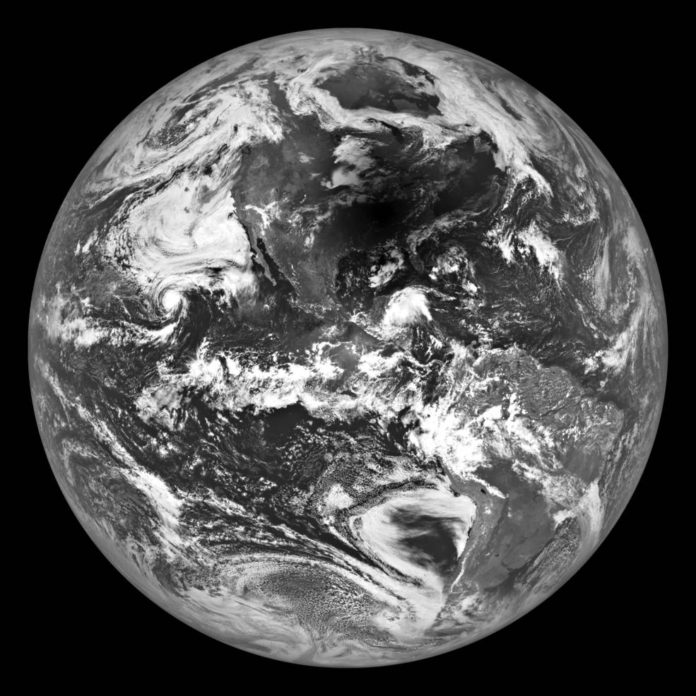On the 21st August this year, a solar eclipse occurred. During that eclipse, NASA’s Lunar Reconnaissance Orbiter (LRO) captured this phenomenon as part of an image of the Moon’s shadow casting over a significant portion of the United States. The LRO managed to capture the image very near to where totality lasted the longest using the spacecraft’s Narrow-Angle Camera.

The Narrow-Angle Camera works by building up an image line by line opposed to more instant framing that you get with the smartphone or digital cameras. It’s part of the Lunar Reconnaissance Orbiter Camera System which includes two Narrow-Angle Cameras in which to capture high-resolution black and white images and a Wide Angle Camera that captures images using filters to get information regarding the properties and color of the lunar surface.
Down here on Earth, the sight of an eclipse is a pretty exciting event, but for the moon, it’s an everyday occurrence. Luckily solar eclipses don’t affect power supply of the spacecraft so LRO was able to carry on with its mission without any concern. Since its initial launch in 2009, LRO has gathered a collection of data, and as a result, has made a great contribution to what we know about the Moon and to also show us just how beautiful the Earth is through these eclipse images.
LRO is a project under NASA’s Discovery Program and is managed by NASA’s Goddard Space Flight Center in Greenbelt, Maryland.
More News to Read
- This New Nanotechnology Helps Killing Cancer Cells Without Harming Healthy Cells
- Processing Biofuels Just Got Cheaper and Greener Thanks to This Catalyst
- Meet the Engineer Who 3D Prints Revolutionary Human-Robotic Arms
- Meteor Shower From Dead Comet Sighted Again
- Will Tesla 3 Pre-orders See the Light of Day and Will This Car Create…

